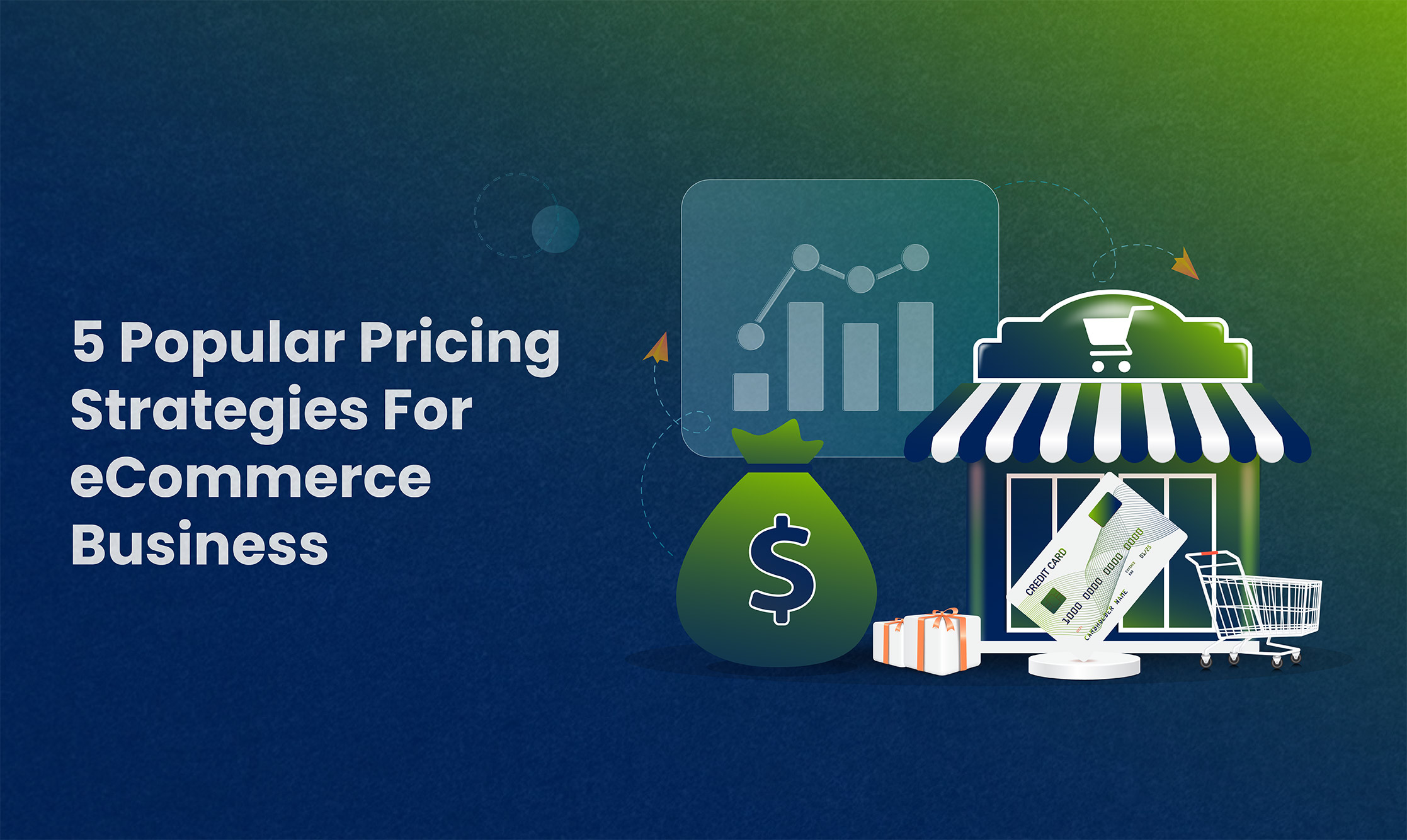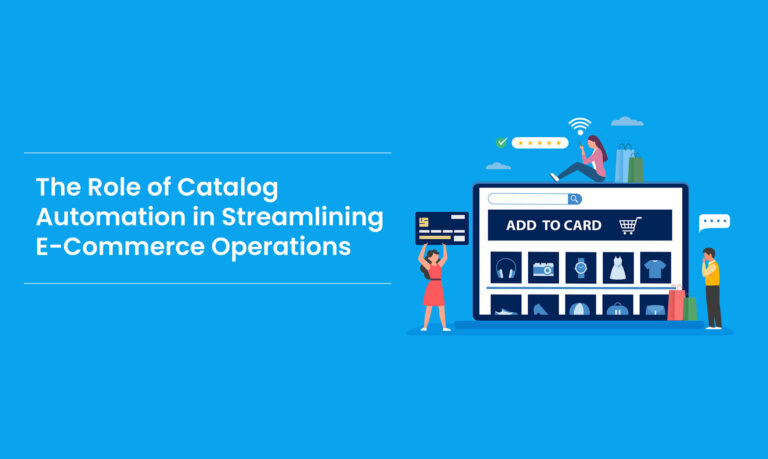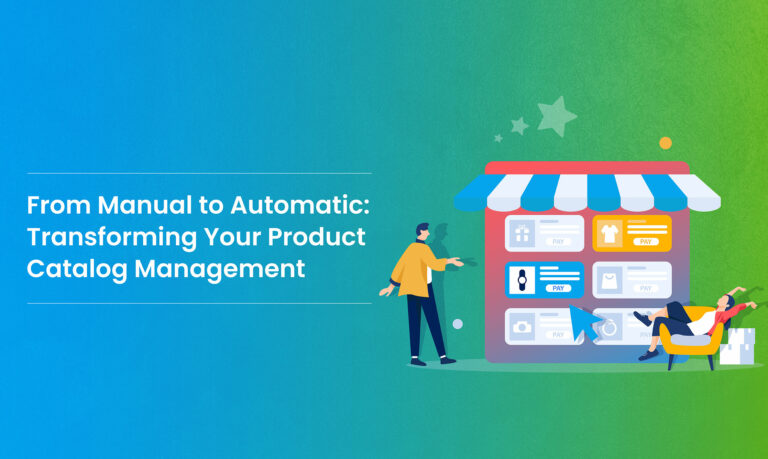Pricing is a crucial aspect of the business landscape that delicately balances the scales of profitability and customer satisfaction. A well-thought-out pricing strategy not only underscores a business’s market presence but also propels it from mere survival to substantial growth. This comprehensive guide delves deeper into successful eCommerce pricing strategies with real-world examples.
Competitive Pricing
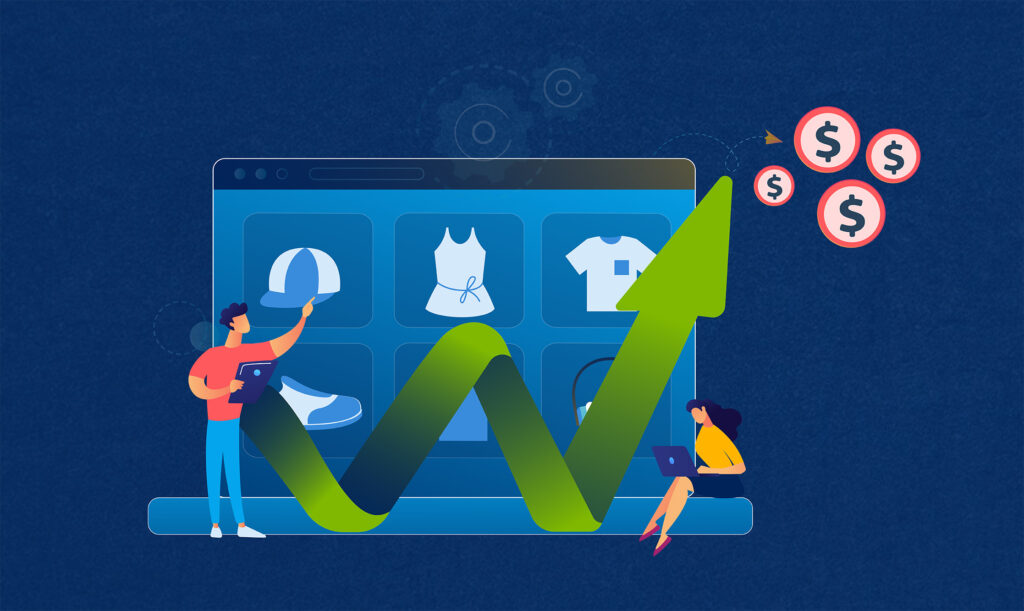
Competitive pricing strategy is predicated on market dynamics, wherein businesses set their product prices in alignment or below their competitors’. This strategy is pivotal for businesses aiming to capture or increase their market share by leveraging price as a differentiator.
Example:
A notable application of this strategy is observed in the electronics sector, particularly among smartphone manufacturers. A new entrant in the market may launch a high-specification smartphone at a price slightly lower than those of established brands. This strategic pricing not only garners immediate consumer interest but also disrupts the pricing model of competitors, compelling them to reevaluate their pricing strategies to maintain their market position.
Value-Based Pricing
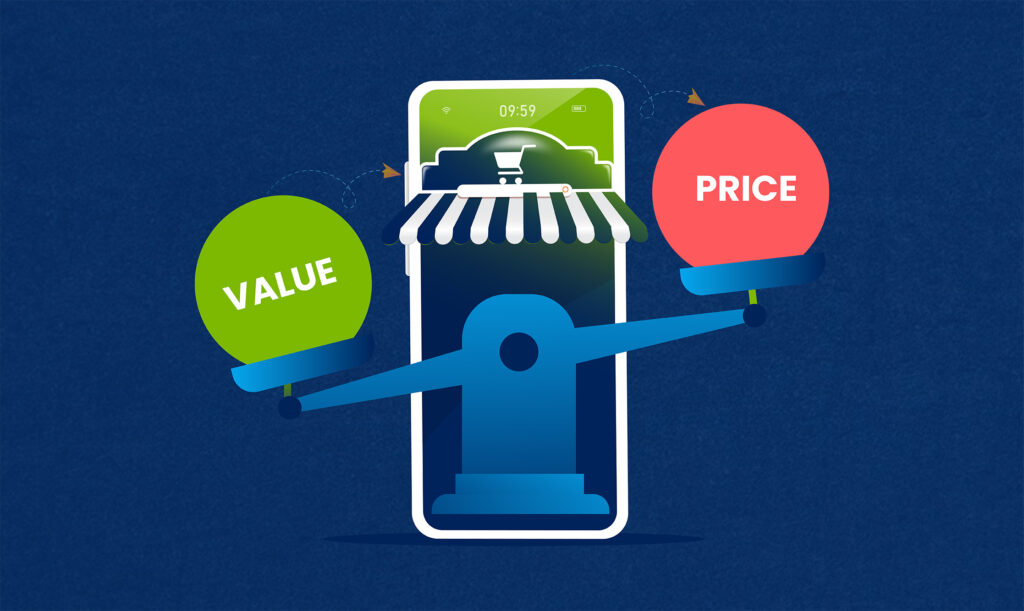
This strategy bases the price of a product or service on its perceived value to the customer rather than its intrinsic cost. It capitalizes on the unique benefits and features of a product, allowing businesses to command a premium price that is justified by customer perception.
Example:
Luxury goods manufacturers, such as high-end watchmakers or designer fashion brands, often resort to value-based pricing. These brands charge a premium for their products, attributing the high price to the craftsmanship and exclusivity associated with their brand. Customers willing to pay these prices do so under the belief that they are not merely purchasing a product but also acquiring a piece of art that dictates their financial and social status.
Penetration Pricing
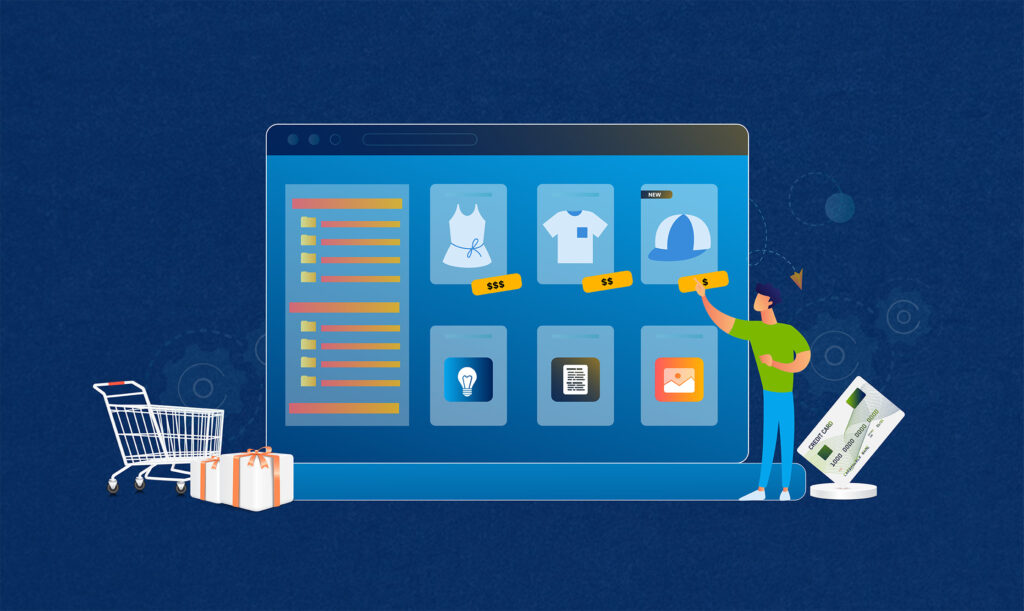
Penetration pricing aims to quickly secure a foothold in a competitive market by introducing new products at significantly lower prices. This strategy is effective for building an initial customer base, which can then be expanded through subsequent marketing efforts and product development.
Example:
Streaming services often use penetration eCommerce pricing strategies when entering new markets. By offering subscriptions at a lower rate than traditional cable services or established competitors, these companies attract a large user base. As the service gains popularity and market share, the company may gradually increase prices, often by introducing tiered subscription models that come with added features.
Price Skimming
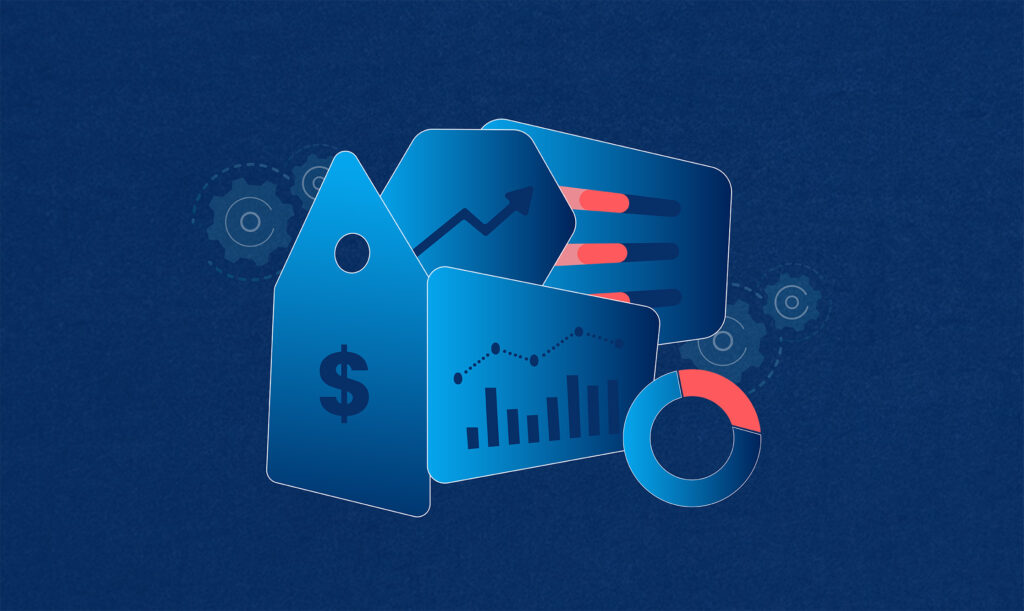
Price skimming seeks to maximize profits by targeting price-insensitive consumers first with a high price point before gradually lowering prices to attract more price-sensitive segments of the market.
Example:
The pharmaceutical industry frequently applies price skimming with new drug launches. Initial prices are set high to recoup research and development costs from markets that can afford it. Over time, as patents expire or generic versions become available, the price is lowered to make the drug accessible to a broader consumer base.
Freemium Pricing
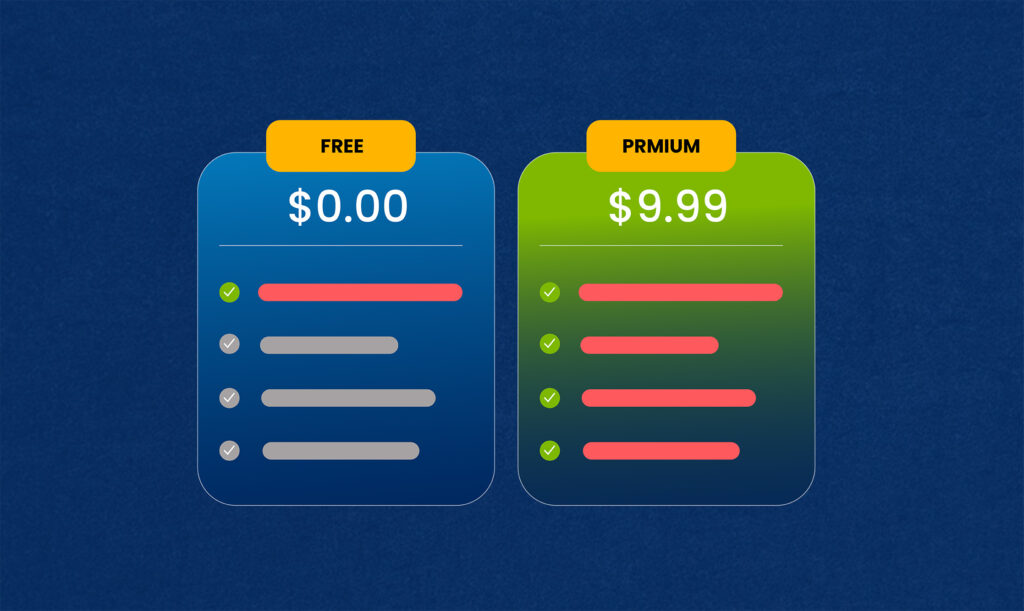
The freemium model offers a basic version of a product or service for free while charging for advanced features or functionalities. This strategy is effective for digital products and services where the marginal cost of serving an additional customer is low.
Example:
Many software-as-a-service (SaaS) companies, like email marketing platforms or cloud storage services, use the freemium model to their benefit. Users can access basic features for free or sometimes on a free trial basis, which serves to demonstrate the product’s value. As user’s needs grow, they are incentivized to upgrade to paid plans, unlocking more features and capabilities.
Cost-Plus Pricing
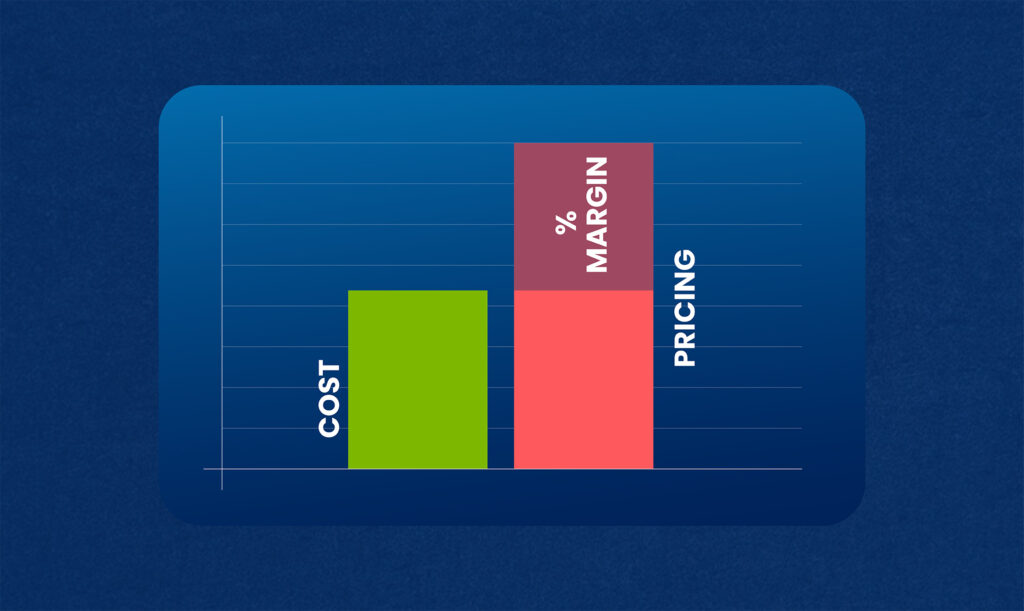
Cost-plus pricing involves calculating the total cost of developing a product or service and adding a markup percentage to determine its selling price. This straightforward approach ensures all costs are covered and a profit margin is achieved.
Example:
A furniture manufacturer may use cost-plus pricing to set the prices for its products. After calculating the cost of materials, labor, and overhead for a new line of chairs, the manufacturer adds a pre-determined profit margin to arrive at the final price. This method simplifies pricing decisions and ensures the business remains profitable.
Dynamic Pricing
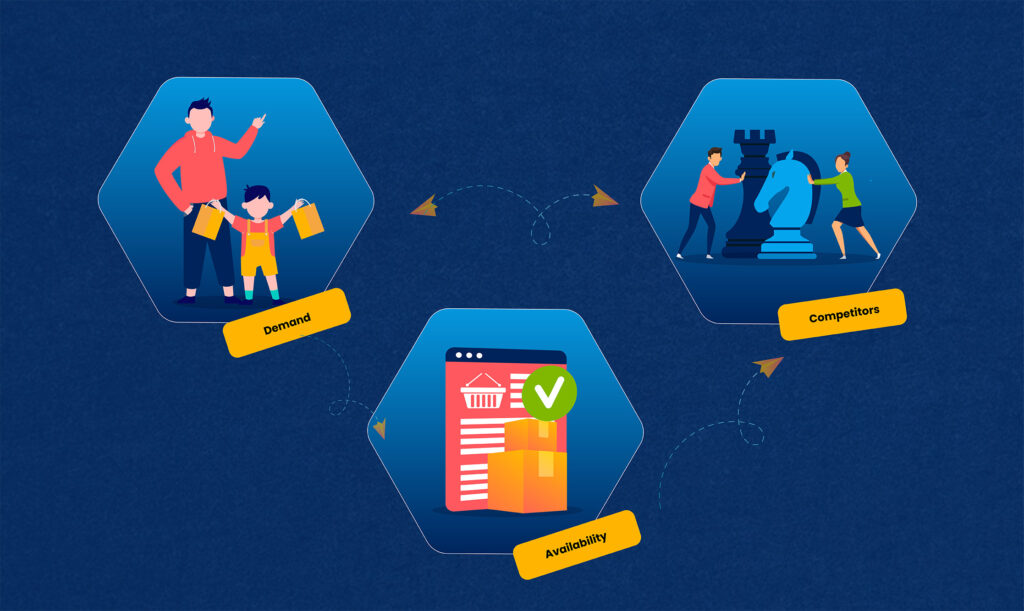
Dynamic pricing is a flexible approach that adjusts prices in real time based on market demand, inventory levels, and other factors. This strategy allows businesses to optimize revenue across different market conditions.
Example:
Hotel chains often employ dynamic pricing, adjusting room rates based on occupancy levels, booking patterns, seasonal demand, and local events. This strategy maximizes revenue by offering competitive prices during off-season times while capitalizing on increased demand during peak periods.
Conclusion
The selection of optimal eCommerce pricing strategies is a dynamic and ongoing process, demanding a thorough understanding of the market, competitors, and customer behavior. Businesses must remain flexible and ready to refine their pricing strategies in response to market changes and emerging trends. An effective pricing strategy goes way beyond mere profit generation; it also enhances brand perception and fosters customer loyalty, thus setting up the business for sustained success. What can help in the process is a comprehensive pricing intelligence tool such as the one offered by Rubick.ai that comes replete with features including seller-level analysis and competitor price positioning.
